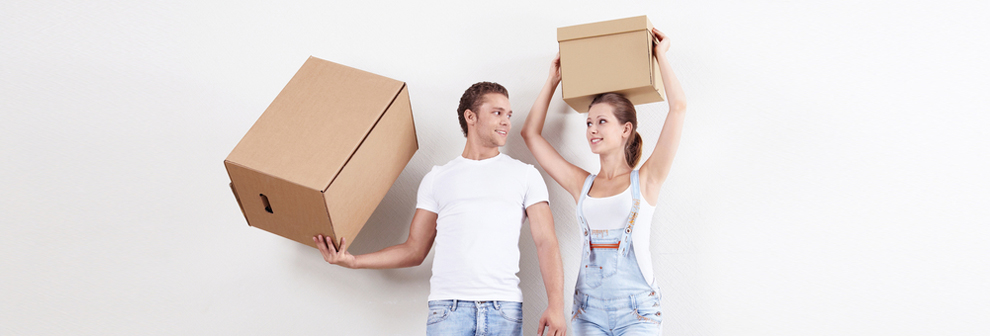Storing Clothes for the Future: A Handy Guide
Posted on 16/05/2025
Whether it's due to changing seasons, growing children, or simply the desire to keep cherished garments for the long term, the need to store clothes properly is a common challenge. Without appropriate measures, stored clothes can deteriorate, leading to unpleasant surprises when you retrieve them after months or even years. This guide offers practical advice on storing clothes for the future to keep them in pristine condition.
Understanding the Importance of Proper Storage
Proper storage of clothes is not just about finding space and folding items. It's about preventing damage, maintaining quality, and ensuring usability. Clothes are vulnerable to a host of dangers including moisture, pests, light, and temperature fluctuations. By taking precautions, you can significantly prolong the life of your garments.

Initial Preparations: Clean Before You Store
Before storing any clothing items, make sure they are clean. Dirt, body oils, and stains can attract pests and cause fabric degradation over time. Here are steps to follow:
- Wash or dry-clean: Launder all clothes according to their care labels.
- Remove stains: Treat any stains meticulously to prevent permanent marks.
- Dry completely: Ensure all items are completely dry to avoid mold and mildew.
Choosing the Right Storage Containers
The type of container you choose can make a significant difference. Some common options include:
- Plastic bins: These are sturdy and offer excellent protection against pests and moisture. Choose clear bins to easily identify contents.
- Vacuum-sealed bags: Ideal for limited space, these minimize volume but be cautious with delicate fabrics.
- Garment bags: Perfect for special outfits or formal wear, breathable fabric bags prevent moisture build-up.
Best Practices for Packing Clothes
How you pack your clothes can affect their condition during storage. Consider these tips:
- Use tissue paper: Place acid-free tissue paper between folds to prevent creases and color transfer.
- Roll instead of fold: Rolling reduces creases and maximizes space.
- Avoid over-packing: Give clothes some space to breathe, especially delicate items.
Creating the Ideal Storage Environment
Where you store your clothes is as crucial as how you store them. The environment should be:
- Cool and dry: High humidity promotes mold growth, while extreme temperatures can degrade fabrics.
- Dark: Prolonged exposure to light can fade colors and weaken fabrics.
- Pest-free: Use natural deterrents like cedar blocks or lavender sachets to keep moths and insects at bay.
Regular Maintenance and Inspection
Check on your stored clothing periodically to ensure they remain in good condition. Look for signs of pests, moisture, or fabric degradation, and address any issues promptly. Refolding and airing out clothes can also help maintain freshness.
Pros and Cons of Storing Clothes for the Future
Understanding the benefits and drawbacks can help you make informed decisions:
Pros:
- Preserves sentimental and valuable items.
- Reduces waste by extending the lifecycle of garments.
- Frees up closet space for current-season clothing.
Cons:
- Requires time and effort to prepare and maintain storage.
- Risk of damage if storage conditions are not ideal.
- Space limitations can be a challenge in smaller homes.
Tips for Successful Clothes Storage
- Label storage bins clearly to easily locate items later.
- Store similar items together, such as winter coats or summer dresses.
- Consider using a dehumidifier in storage areas prone to moisture.
- Invest in high-quality storage containers to ensure long-term protection.

Takeaways
Properly storing clothes for the future involves careful preparation, the right storage methods, and routine maintenance. By implementing the strategies outlined in this guide, you can ensure your clothes remain in excellent condition for years to come.
Conclusion
Storing clothes for the future requires thoughtful planning and consistent upkeep, but the benefits of preserved garments, reduced waste, and organized living spaces are well worth the effort. By following the guidelines provided in this handy guide, you can confidently store your clothes with the assurance that they will remain fresh and ready for use whenever you need them.



















